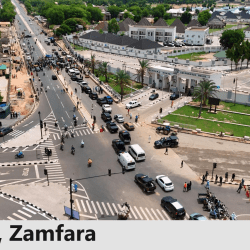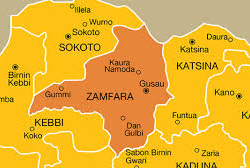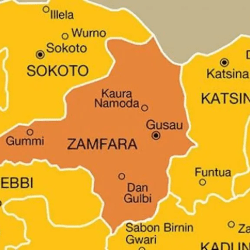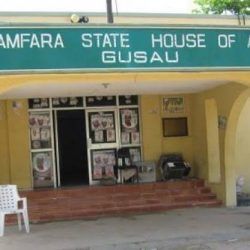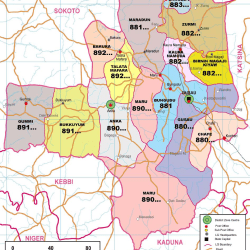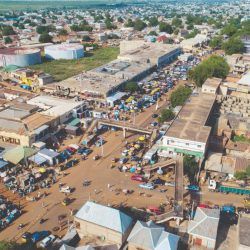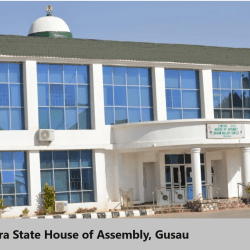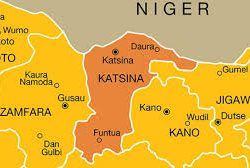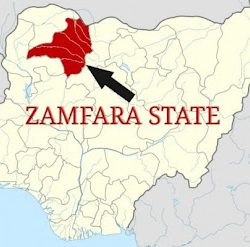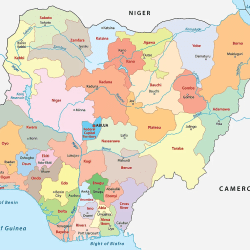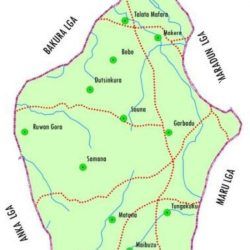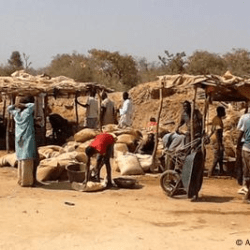The area now known as Zamfara State was historically one of the Hausa city-states, alongside Kano, Katsina, Gobir, Kebbi, and Zazzau. Established as a kingdom in the 11th century, Zamfara thrived until the 16th century. Over time, its capital moved from locations like Dutsi to Birnin Zamfara. However, in the 18th century, Birnin Zamfara was destroyed by the Gobir Kingdom, and a new capital was established in Anka by the mid-19th century.
Zamfara was a center of both commerce and Islamic scholarship, with notable scholars drawn to its cities like Yandoto. In 1804, following the Jihad led by Usman dan Fodio, Zamfara became part of the Sokoto Caliphate. Usman dan Fodio himself spent time in Sabon Gari, where the Sarkin Zamfara, Abarshi, had established a military base during the early phase of the jihad, using it as a launching point for campaigns against Gobir and Kebbi.
During British colonial rule, Gusau emerged as an important administrative and commercial hub, benefiting from road and rail connections. When Nigeria’s states were reorganized under General Yakubu Gowon’s administration, the area that was once part of the ancient Zamfara Kingdom was absorbed into the North West State and later into Sokoto State.
Zamfara State itself was created on October 1, 1996, by General Sani Abacha’s military government, finally fulfilling long-standing demands for the establishment of the state.

Historical Overview
Zamfara Kingdom, part of the Sokoto Caliphate, extended from the River Rima Bend in the north to the River Ka in the southwest. By the 16th century, Zamfara had become a flourishing dynasty, governed by a succession of rulers known as the Sarauta. The kingdom’s first capital was Dutsi, and among its notable rulers was Queen Yargoje, who reigned from 1310 to 1350. She relocated the capital to Kuyambana (likely in the present-day Dansadau area), a forested region that was easier to defend.
Queen Yargoje’s reign ushered in an era of stability and progress for Zamfara. Today, her legacy remains visible, with the Yargoje Lamp, a notable artifact, displayed in the Sokoto State History Bureau Museum. After her reign, the capital moved once more, this time to Birnin Zamfara.
In the latter half of the 18th century, Birnin Zamfara was destroyed by the Gobir Kingdom, leading to the relocation of the capital to Anka. Despite this setback, the kingdom remained influential, particularly in the lead-up to and during the Sokoto Jihad, which broke out in 1804. Zamfara became a strategic base for Usman dan Fodio’s followers as they launched campaigns against neighboring states like Gobir and Kebbi.
Zamfara’s Role During and After the Jihad
During the Sokoto Jihad, Zamfara played a pivotal role in the efforts of Usman dan Fodio and his followers. When facing harassment from Gobir and Kebbi, Usman dan Fodio and his followers sought refuge in Zamfara, where Sarkin Zamfara Abarshi had already established a garrison at Sabon Gari (present-day Bakura District).
Zamfara was home to various ethnic groups, including Fulani, Katsinawa, and Kotorkoshi, all of whom lived alongside the Zamfarawa people. This diversity led to strong interactions and intermarriage between the different communities.
Following the Jihad, key lieutenants of Usman dan Fodio were appointed to administer parts of Zamfara. These included Abu Hamid, who was installed as Sarkin Zamfara in Zurmi, Mallam Sambo Dan Ashafa as Sarkin Katsinan Gusau, and Ibrahim Dan Zundumi as Sarkin Fulani Bungudu, among others. These leaders were given broad powers to govern their respective territories.
Colonial Era and the Creation of Zamfara State
Under British colonial rule, Zamfara remained semi-autonomous, with Gusau becoming an administrative center. An Assistant Divisional Officer (ADO) was stationed in Gusau to oversee administrative and financial operations. The Sokoto Native Authority also established branch offices in Gusau, which were supervised by Sir Ahmadu Bello, the Sardauna of Sokoto and the first Premier of the Northern Region.

The creation of Zamfara State in 1996 was the culmination of decades of advocacy. The state derived its name from the Zamfarawa people, a traditional name for the residents of Anka, which had been a key center of the Zamfara Kingdom for centuries.
